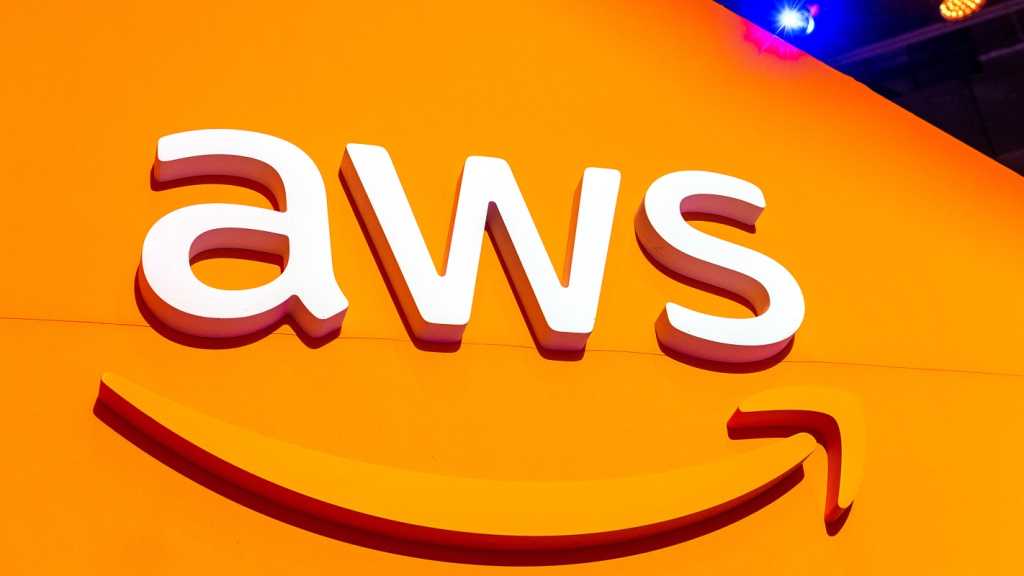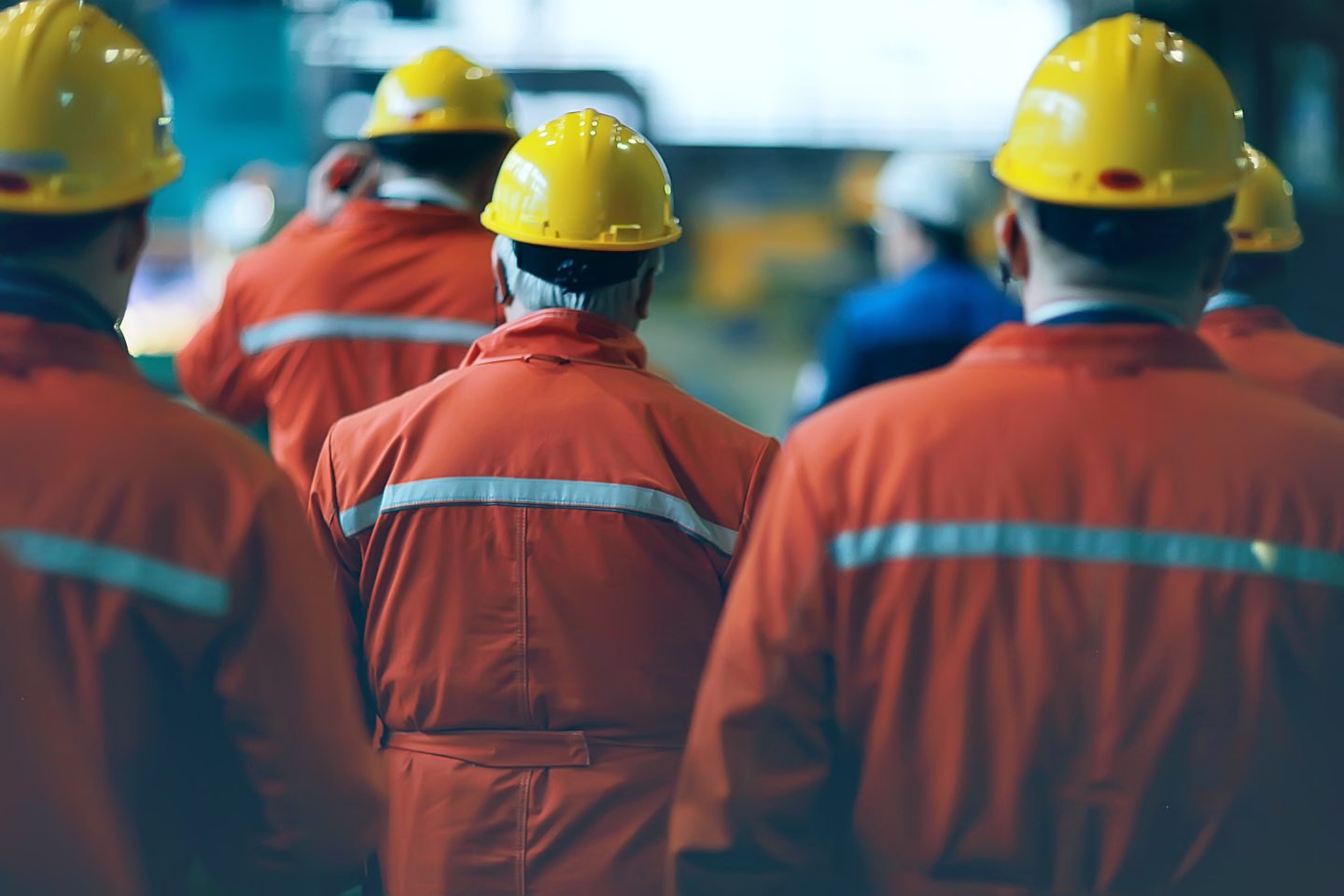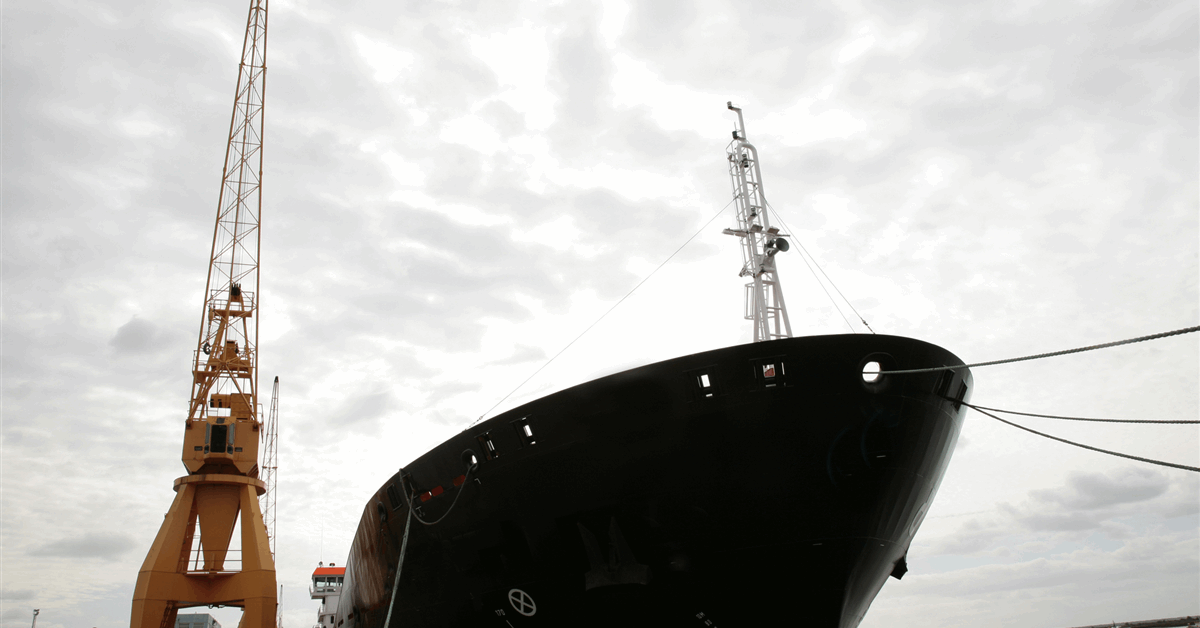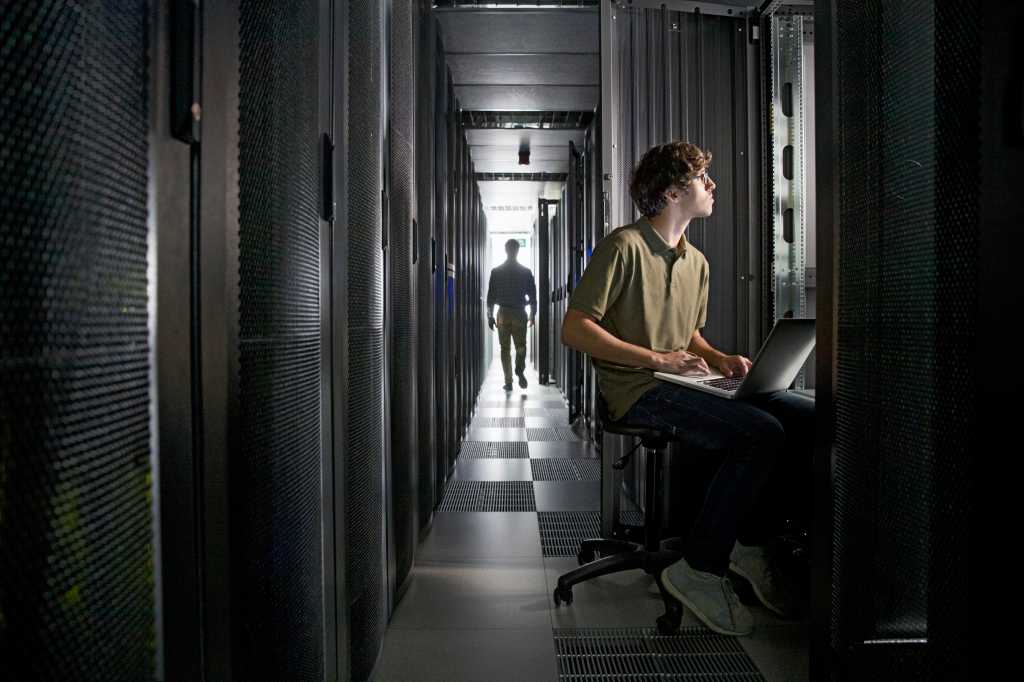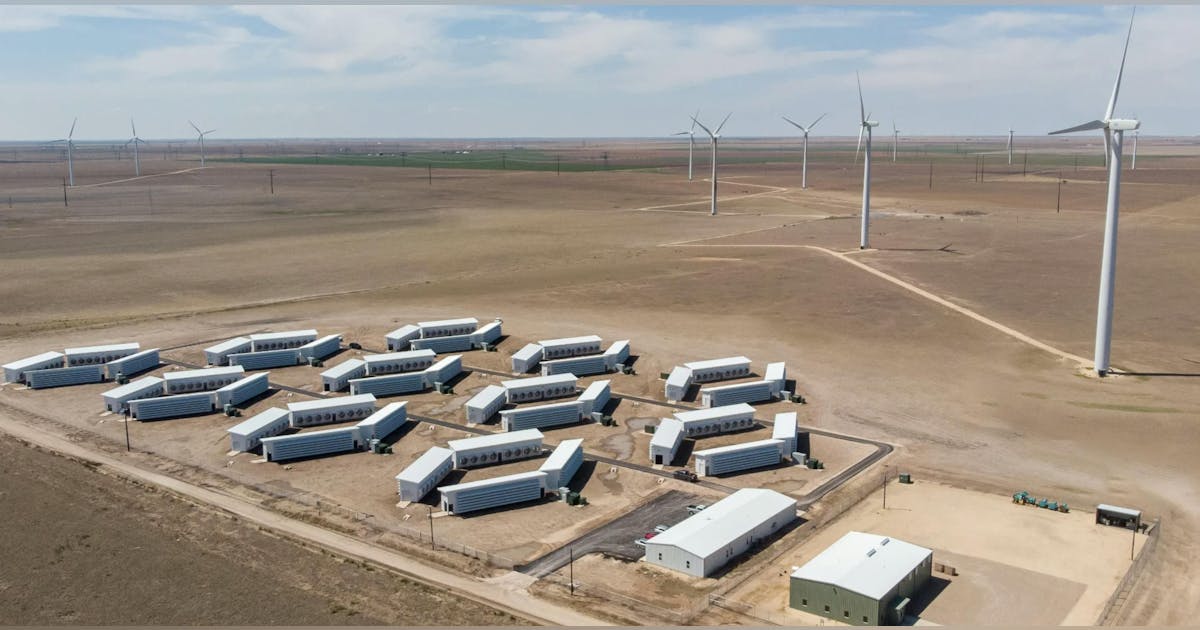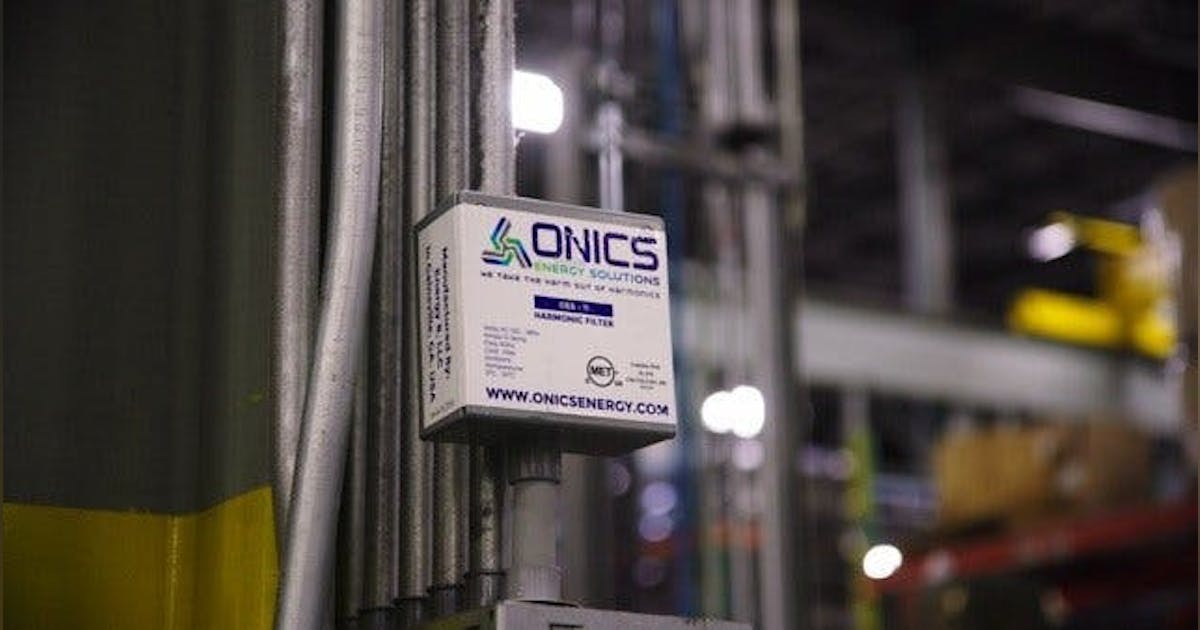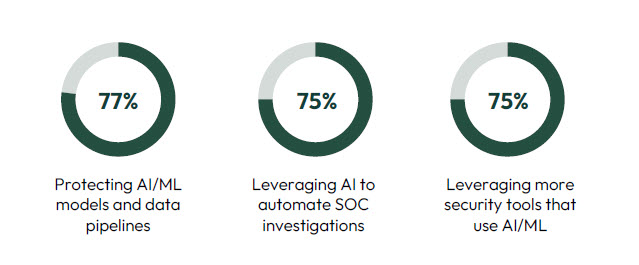
Magnolia Oil & Gas Corporation has posted a net income of $106.6 million for the first quarter, up 9 percent compared to the corresponding quarter in 2024.
The company said production grew by 14 percent year-over-year to 96.5 thousand barrels of oil equivalent per day, including 39.1 thousand barrels per day of oil, which are quarterly production records for the company.
Giddings’ production increased by 25 percent in the first quarter compared to last year, with oil production up 17 percent from Q1 2024, the company said. It accounted for 79 percent of the total company volumes.
Magnolia’s Q1 capital spending on drilling and facilities reached $130.4 million, anticipated to be the highest quarterly rate for 2025, it said.
“Our total production during the first quarter of 96.5 thousand barrels of oil equivalent per day exceeded our expectations and was driven by strong well productivity in our Giddings asset together with shallower than expected declines”, Chris Stavros, Magnolia’s President and CEO, said. “Much of this benefit originated from a newer area of Giddings which we had previously appraised, acquired additional acreage and more recently brought online multiple pads that have outperformed.
“As this area was expected to be a little gassier than the average Giddings well, we tactically planned some activity here to be brought online during the winter months to take advantage of historically higher pricing”.
Magnolia plans to operate two drilling rigs and one completion crew in 2025, maintaining this activity level throughout the year. It said its two-rig and one-crew program has driven over 40 percent production growth and doubled production in Giddings over the past four years. Around 75 to 80 percent of 2025 activities will involve multi-well development pads in Giddings, along with appraisal wells to test concepts and expand the play within its large acreage position. The Giddings development program includes drilling multi-well pads in Magnolia’s core 200,000 net acre area, the company said.
“The strong start to this year including our better well performance and improved capital efficiency allows us to raise our guidance for 2025 year-over-year production growth to a range of 7 to 9 percent compared to our initial outlook of 5 to 7 percent”, Stavros said.
“At the same time, we are lowering the range for our 2025 capital spending to $430 to $470 million, a reduction of approximately $25 million or more than 5 percent from the midpoint of our original spending plan”.
To contact the author, email [email protected]
WHAT DO YOU THINK?
Generated by readers, the comments included herein do not reflect the views and opinions of Rigzone. All comments are subject to editorial review. Off-topic, inappropriate or insulting comments will be removed.
MORE FROM THIS AUTHOR




